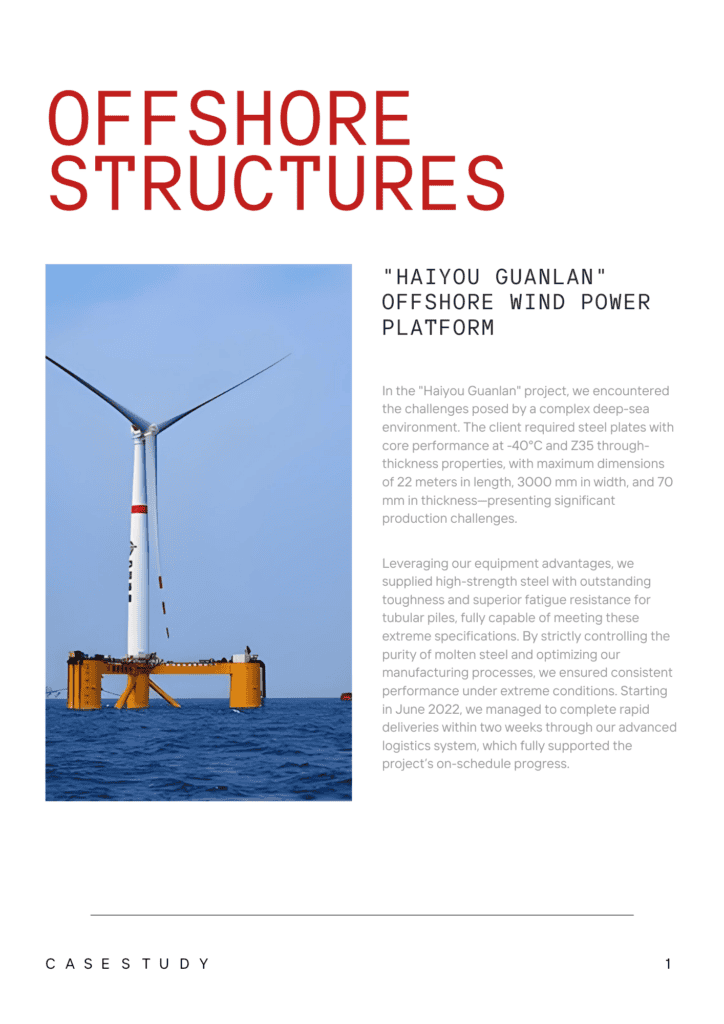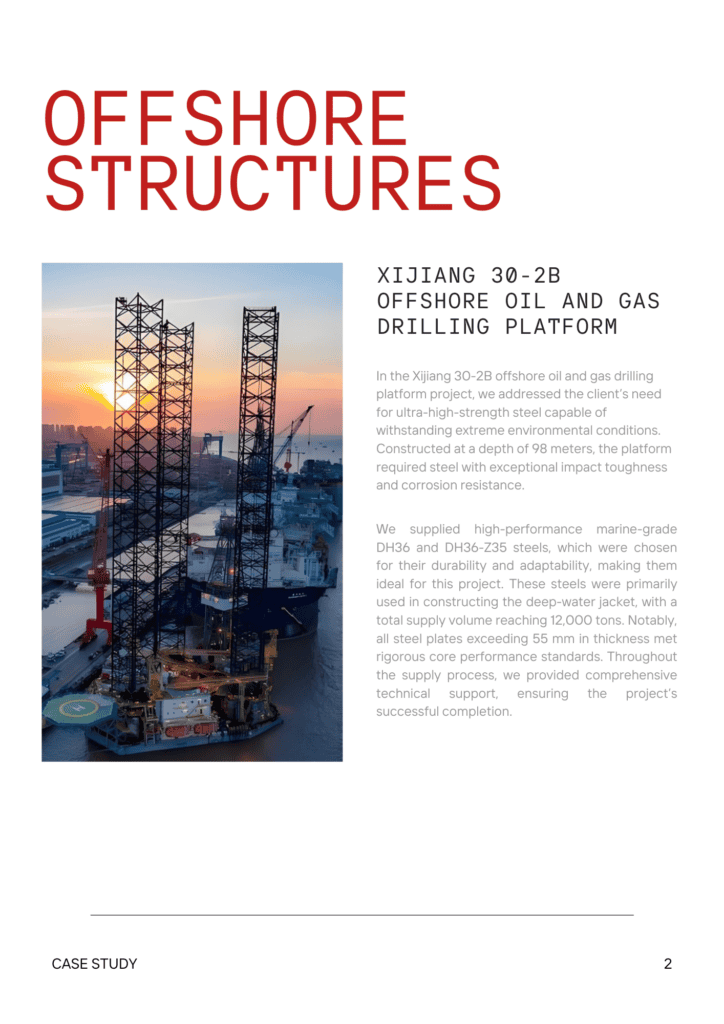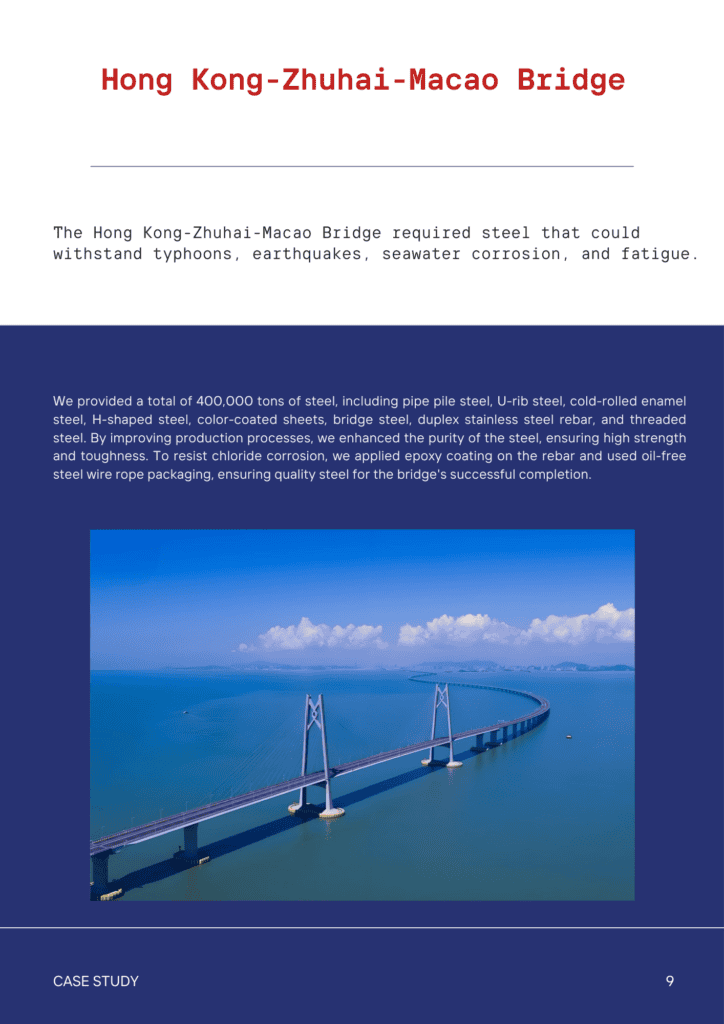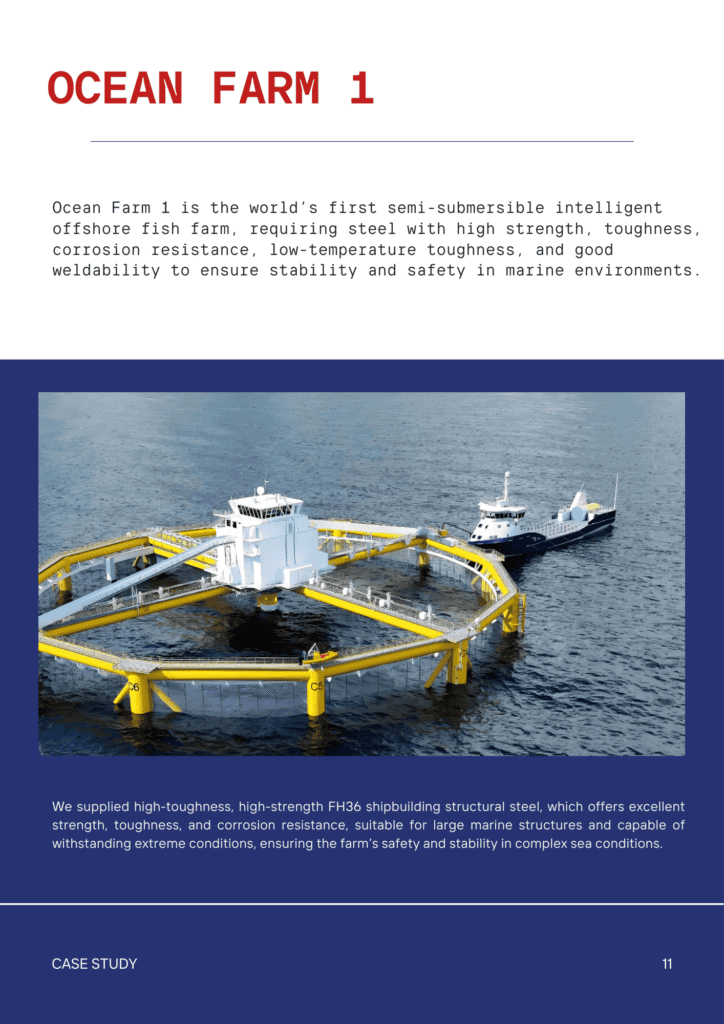Contents
How To Tell If Steel Is Galvanized?
- John
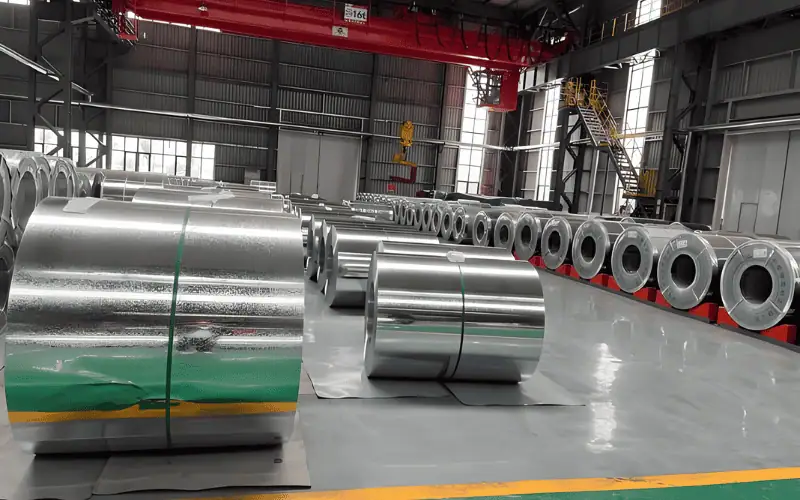
To quickly check, inspect the surface for a dull gray color or a “spangled” (crystal-like) pattern. This is typical of the zinc coating from hot-dip galvanizing. If the steel looks smooth and shiny, it might be electro-galvanized instead.
Still not sure? This guide will walk you through all the details and techniques to confidently identify galvanized steel in any setting.
Simple Ways To Determine Galvanized Steel
Appearance
Galvanized steel can have several different appearances, depending on the galvanization method, steel composition, cooling rates, and environmental exposure.
- Hot-Dip Galvanized Steel
Hot-dip galvanized steel has a distinctive spangled pattern that resembles tiny crystals or snowflakes across its surface. This unique look is created as the zinc crystallizes while cooling and solidifying.
The surface may also exhibit a mix of bright and dull areas, especially in pieces with varying thicknesses or types of steel, where thicker sections cool more slowly and appear darker.
When touched, hot-dip galvanized steel has a textured feel due to this zinc layer, which adds to its rugged appearance.
- Electro-Galvanized Steel
Electro-galvanized steel features a smooth, bright, and uniform finish without spangles. The precise electroplating process gives it a clean, consistent silver-gray surface that appears polished and refined.
- Weathered Matte Gray
Over time, all galvanized steel will naturally develop a uniform matte gray patina as it is exposed to environmental elements. This occurs as the zinc coating reacts with moisture and oxygen, forming a stable protective layer.
Click here to learn more about galvanized metal texture
Saltwater Test
Galvanized Steel will resist rust formation because of its protective zinc coating.
So prepare a solution of three parts salt to one part water, and apply it to a small area of the steel surface using a cloth or spray. Allow the salt water to sit on the steel for about 24 hours and observe the results:
Galvanized Steel should resist rust and remain unaffected by the saltwater exposure.
Non-galvanized steel typically shows rust within this timeframe, as it is untreated or lacks sufficient coating.
Acid Test
Galvanized steel has a zinc coating that reacts with acids, producing visible signs.
Clean a small area on the steel to remove any dirt or debris. Then, apply a drop of diluted hydrochloric acid to the cleaned spot. Observe the area for a few minutes:
Galvanized Steel will produce bubbles or fizzing. Because the zinc coating reacts with the acid, releasing tiny amounts of hydrogen gas.
Non-galvanized steel will have little to no reaction, as bare steel doesn’t react noticeably with mild acids.
After testing, rinse the area thoroughly with water to neutralize any remaining acid. Always handle acids with care, wearing gloves and eye protection, and conduct the test in a well-ventilated area.
Taste Test (But Really, Don’t)
Licking the steel surface can sometimes help identify if it’s galvanized. If it is, especially hot-dip galvanized, it usually leaves a distinct chalky, metallic taste or a slightly rough, powdery feel on the tongue. This sensation comes from zinc oxidation products that naturally form on the surface over time.
That said, licking steel isn’t exactly the recommended approach. For health and safety reasons, it’s best to stick to other identification methods.
- While the methods above can assist with basic identification, they aren’t entirely reliable for precise verification. Steel may also have zinc-rich coatings. For an accurate determination, more advanced testing methods are recommended.
Professional Methods To Determine Galvanized Steel
Laboratory Testing
This is the most precise way to determine if steel is galvanized. However, it typically requires more time and expense compared to simpler techniques.
Scanning Electron Microscopy (SEM), often combined with Energy-Dispersive X-ray spectroscopy (EDS), provides a closer look at the steel’s surface. SEM produces magnified images of the coating, while EDS detects the specific elements. Together, they allow lab technicians to see the zinc layer in detail and confirm its presence.
Other Methods
- Coating Thickness Measurement
This method helps identify whether a protective layer is present and, if the coating is thick, may suggest that the steel is hot-dip galvanized. However, it doesn’t confirm the coating material, so it cannot reliably distinguish between galvanized steel and other coatings, such as zinc-rich paint.
- Electrochemical Testing
This method primarily identifies a protective layer based on its resistance to corrosion, as it measures the electrochemical behavior of the coating. It doesn’t confirm the coating’s material, as other corrosion-resistant coatings, like aluminum or certain paints, can show similar protective properties.
Common Questions About Galvanization
How To Tell If Steel Is Stainless Or Galvanized?
Stainless steel has a smooth, shiny silver appearance, while galvanized steel may look matte gray with a rough or spangled surface due to the zinc coating. Additionally, stainless steel is generally more resistant to corrosion than galvanized steel.
A scratch test can also help: stainless steel will reveal a consistent silver tone underneath, whereas galvanized steel may show a different color beneath the zinc coating.
Do Magnets Stick To Galvanized?
Yes, magnets usually stick to galvanized steel because the underlying steel is still magnetic. The zinc coating does not interfere with magnetism, so galvanized steel will attract a magnet just like regular steel.
Can Galvanized Steel Rust?
Galvanized steel can rust over time, but the zinc coating provides a layer of corrosion resistance, slowing down the rusting process.
Guaranteed Quality Galvanized Steel
At Steel Pro Group, we deliver precision-engineered, fully certified galvanized steel you can trust right from the start. Our products come with a guarantee of durability, corrosion resistance, and that perfect zinc finish—no guesswork needed. Skip the lab tests and secure the reliability you need. Get a quote today and experience the Steel Pro difference!




